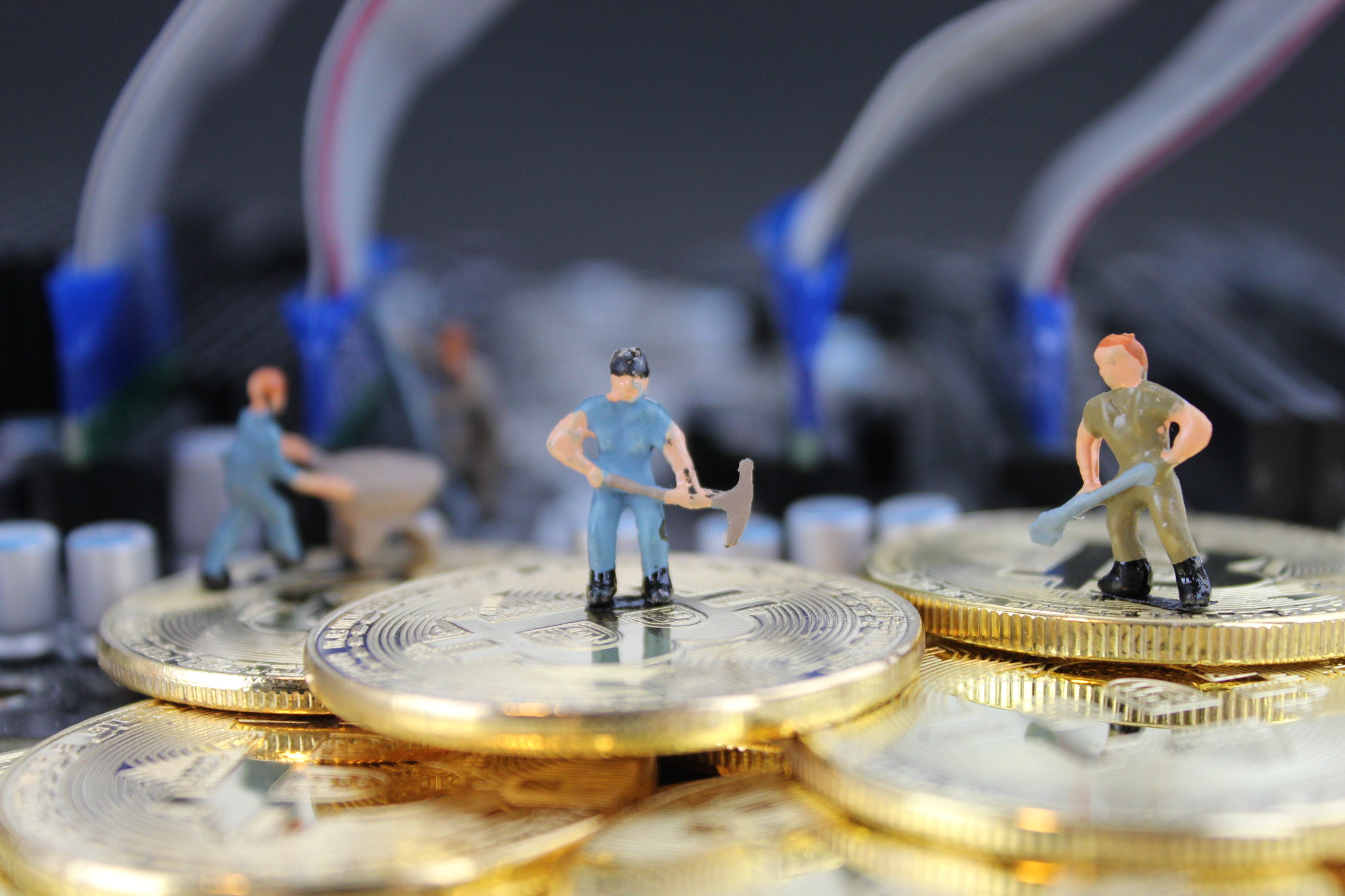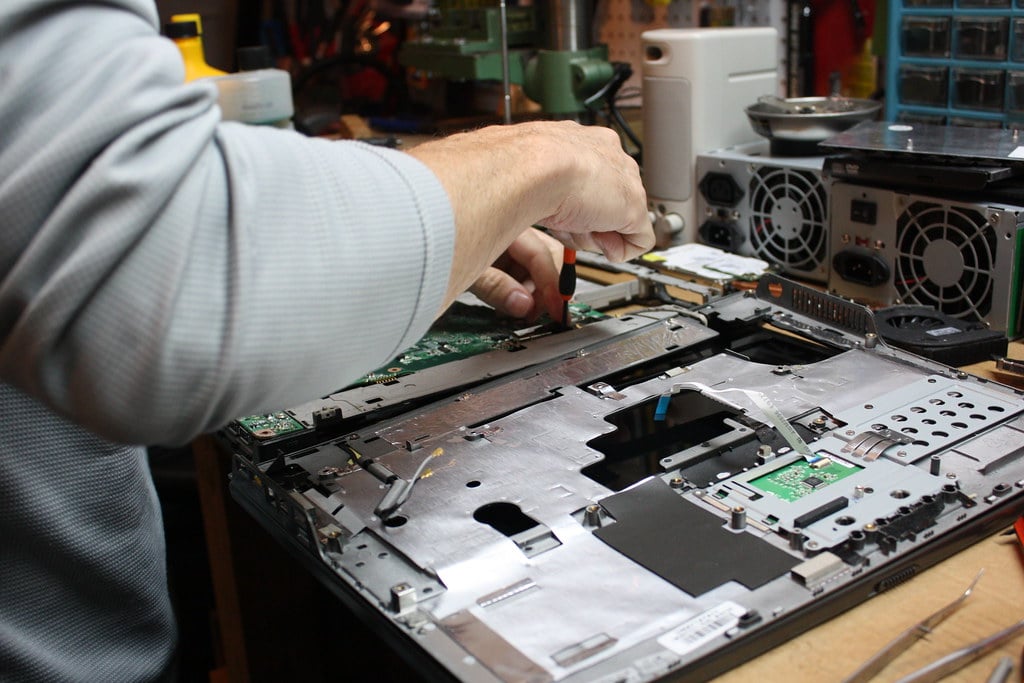1. Customer experience goes beyond the sale
It is very common for entrepreneurs to be primarily concerned with their company’s sales. For years, sales meant not only product success, but also customer satisfaction. Of course, many imagined that, if a customer returned to the company for further purchases, they understood that the buyer had a high degree of satisfaction, hence brand loyalty.
{{cta(‘bb2971b9-bf36-4c36-8edc-75223dba5208’)}}
However, you must have noticed by now that the market no longer works like that. Yes, it is true that there are customers who trust your brand and continue to buy from you. But you know that competition is so fierce that at any time your customers can easily decide to change supplier. And no, this is not only due to the prices of your products, but to multiple factors, such as their experience with the product during and after the sales process.
Today’s consumers have a wide range of solutions to their problems, so it will take them much longer to make a final decision. Because they want that solution to fully meet their needs. And not to feel satisfaction in the immediate aftermath of the purchase, but to make sure that the purchase will be worthwhile during its implementation.
In other words, the consumer experience goes beyond the moment of the sale; it goes right up to the moment they start using the product and it starts to generate results. The interest of many entrepreneurs in closing sales immediately is truncated with this new reality. There are companies that neglect this second phase, because after the sale is made, they assume that their role as a supplier is over.
In the competitive marketplace, this assumption could be somewhat damaging to your company’s image. Because treating customers well only during the sales phase could convey to your audience that you are only interested in selling, and that you are not interested in the progress of their purchase. Don’t you prepare your products with the aim of making life easier for your customers?
Then you will understand how important it is to keep in mind that the customer experience goes beyond the sale. Knowing that your products are giving them results, knowing that you are helping them to solve their problems or achieve their goals, that is an essential part of the customer experience.

1.1. Customer experience in the technology sector
And in a sector such as the technology sector, the customer experience takes on great importance. This is especially true for companies that sell their products to other companies. It is very common for technology companies to have more frequent contact with buyers after the purchase has been completed, because they tend to contact them again to resolve doubts about how the product works, or because they require assistance to solve an unexpected problem.
Customer assistance in any situation is essential, and technology companies are well aware of this. That is why there is a growing awareness of customer service.
For example, the technology company Rackspace places special emphasis on customer service, holding customer sessions whenever necessary. And precisely in one of the meetings via telephone to solve technical issues, the employee on the call heard the voice of an employee who said he was hungry. And what did the employee do? He ordered a pizza for the employees on the other end of the call. This was an important gesture of goodwill on the part of the employee to demonstrate the company’s high regard for total customer satisfaction.
You don’t have to start buying pizza for all your customers, of course. But this is a great example of how the smallest detail to improve your customers’ experience can make all the difference, and make you a benchmark in the eyes of your clientele.
While maintaining a positive customer experience requires a lot of attention to your customers, perhaps thinking about the time you spend helping them after their purchase can tell you a lot about the performance of your products. Do they often contact you to solve unexpected queries, or do they come to you because your products are having too many problems?
There are unexpected problems with any product, as nothing is perfect. However, don’t you think that improving the development of your products, and improving their quality, would provide a better customer experience? In addition to providing post-purchase technical support, spending time optimising your products could certainly increase customer satisfaction even further.
2. The two roles in product development
You have already worked hard on the development of your technology products, and maybe you are now thinking about developing a new one. If your product creation has gone through a long process of researching the needs of your potential customers, and has been developed by experts in the technology field; you have done a very good job so far.
But you may be wondering how to improve the customer experience with your products? This does not mean that your previous products are invalid. On the contrary, expanding the development phase of your products, incorporating new features, is something that can help both your current products and those you want to create in the future. The point is, in both cases, to improve product performance for a superior customer experience.
The Vice President of Growth at Acorns, Hila Qu, has developed a very interesting theory regarding product creation. According to Hila Qu, there are two types of product managers: those who build(or create) the product, and those who maximise it.
2.1. Building the product
It goes without saying that without the people who have built your technology products, there would be nothing to sell to your audience. They are the ones who are primarily responsible for delivering value to customers, a real solution that can meet their needs.
The creation of a technological product requires taking into account many points: the customer’s needs (especially if your business is B2B), interests, concerns, the market situation, etc. From the ideation processto the final development of the product, this facet is essential in your company.
But, although your employees spend a great deal of time on the ideation and creation of your product, this process does not include such important information as the assurance that the product works correctly. Or knowing whether the product could still be more valuable to the customer. This requires, for example, to know the opinion of the customers, to make a kind of test period to record first impressions, among other possibilities.
This would be of great help to increase the quality of your product, and thus avoid possible mistakes in the future. Sounds good, doesn’t it?
 2.2. Maximising the product
2.2. Maximising the product
And it is at this point that a new role in your product development comes into play: the maximisation role. This role consists of testing your product, carrying out experiments, and even making a first launch to analyse customer reactions.
We know that it is not easy to create technological products, and it is not easy at all to create the ideal solution for your customers at the first attempt. So acquiring some new tasks to analyse and test your product during or after its development can give you valuable information about its performance.
One of the most difficult facets is, among many, meeting customer expectations. Not all of your customers have a background in technology, so they generate expectations about technology solutions that may distort your product presentation.
So instead of announcing an official launch, you can treat your next product as an experiment. Not only to check that it performs well, but also to analyse what customers perceive about the product.
One of the problems when introducing products is that entrepreneurs think only about making the marketing strategies of the technology appealing to the audience. But they forget that a marketing campaign is short to medium term, while good product performance must be long term.
Product maximisation, then, is that post-creation stage of analysing the performance of the product and its impact on the audience, and using the results of the analysis to add more value to the final product.
3. How does experimentation help the customer experience?
Now that you have realised that it is possible to extend product development, and thus achieve higher quality results, you will want to know how product experimentation helps your company.
Tracking the customer experience after purchase.
The practice of experimentation would help you to better track your target audience’s experience with your product. And of course, you would have more information to continue improving your service.
Ease of detecting opportunities for improvement.
Constantly working on experimenting with your products will undoubtedly create a fantastic working habit within your team. Over time, you will be able to detect improvements more easily.
More value for the customer.
Customers appreciate it when companies are constantly looking to improve quality. If you provide them with a quality product, and with greater value after experimentation, they will be more satisfied with your company.
Develop a maximisation protocol.
Once you start maximising your products, you will find that you will be able to create a protocol for your company, which you could apply to any new launch. Not only do you improve the development system, you also set up experimentation, analysis and testing tasks that will optimise your team’s performance.
Customer feedback provides more valuable information.
Customer feedback is always essential for your company. But thanks to this new practice, you will discover even more of your customers’ habits, customs and interests. Yes, when they tell you their impressions of your product, there is valuable information behind it.
More interest in new product launches.
Offering high quality products certainly benefits your brand. If the customer experience keeps improving, your customers will be happy to hear about your future launches.

4. The product life cycle
So far we have talked about two phases: creation and maximisation. But these phases can be divided to establish much more defined stages. Although there are experts who divide these stages into a greater or lesser number, we will base ourselves on the proposal made by Marketing Communications specialist Lindsay Kwan. Kwan believes there are up to five stages of what can be called the product life cycle.
4.1. Ideation
The ideation, or discovery, stage is the stage at which ideas are shared about new products or new features to add to an existing one. You start with hypotheses and, depending on your company’s needs and those of your customers, you can make a more defined selection for the best options.
4.2. Evaluation
Among the selected hypotheses, all should go through an evaluation process. For example, using past sales results, the performance of current products, or customer reactions to related products. This is where the first experimentation tasks begin, to finally decide on the best proposal.
4.3. Development
Once your team has selected the ideal proposal for the new product, it’s time for your technology experts to use their talents to develop the product.
4.4. Launch
It’s time to introduce your product to the world, but remember, it’s important to present it as an experiment. Your customers will start to react, and the most interested ones will buy it and start applying it in their respective businesses.
4.5. Maximisation
What do customers think, and have there been any technical problems? This phase will help you to check the first results after the launch and will help you to identify opportunities to improve the quality of your product. Remember that maximisation is an essential process to optimise your product, so take the time to test and experiment.
Images: (CC BY 2.0) Marco Verch Professional | (CC BY 2. 0) Crypto360 | (CC BY-SA 2.0) Hillary | (CC0 1.0) Brian Kos

 2.2. Maximising the product
2.2. Maximising the product